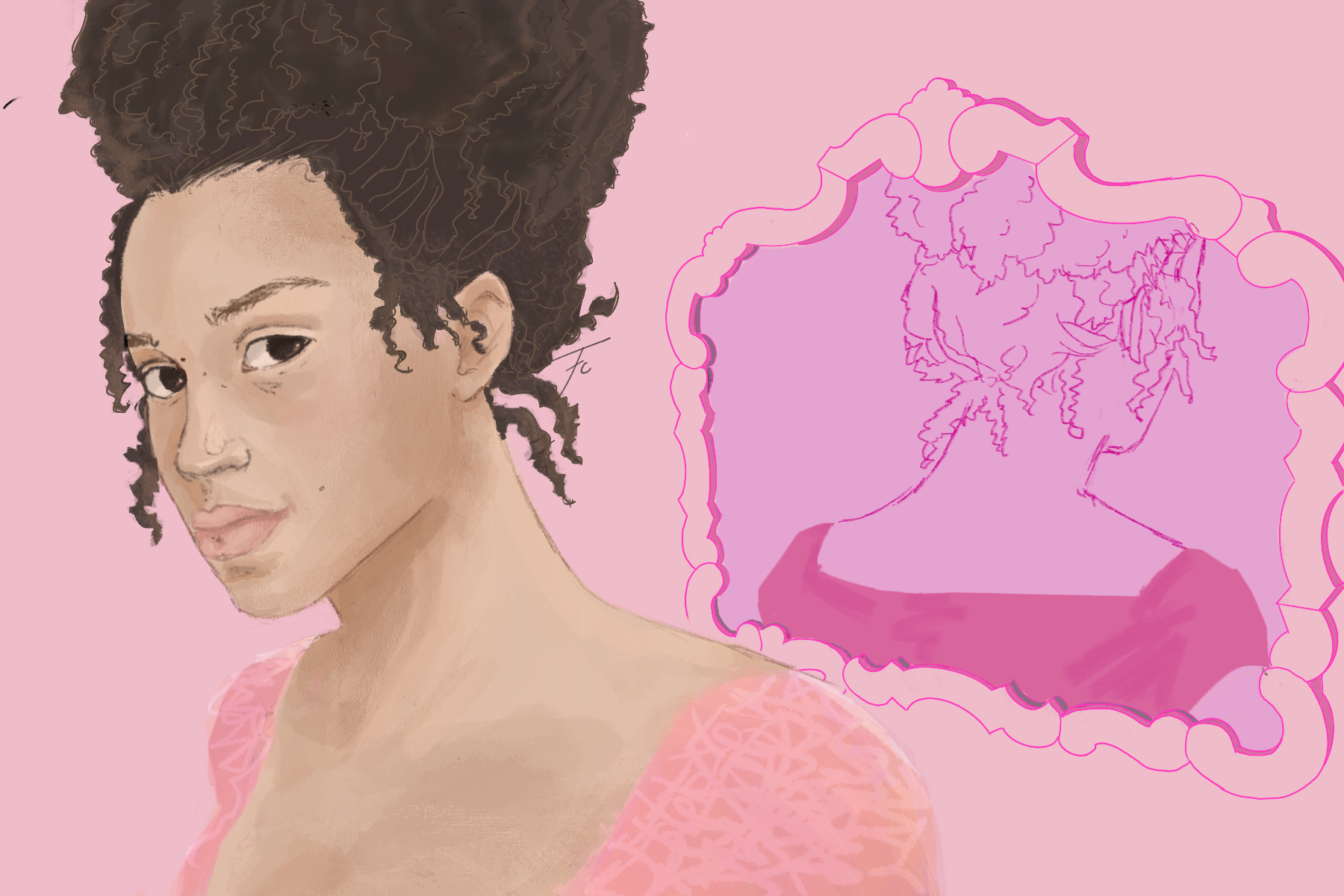Dear readers, now that the latest season has come to a close, it is now time to analyze Bridgerton’s beautiful families beyond Lady Whistledown’s juicy gossip and sordid details. Ultimately, It is up to us to see whether the beloved Netflix show is true as representative as it claims to be. The Sharma family were the talk of the ton (forgive my puns), but they are not the first instance of Shonda Rhimes’ unique incorporation of representation in her period drama; for that, we have to go back to season one.
While the popular rom-com never truly addresses if there was an equitable society in the British Regency era where people of color (POCs) were Lords and Dukes, there is a brief mention of a darker past in the first season. Especially, when Lady Danbury speaks about the King’s love for the Queen, it seemingly ends all the racism and hatred of the past without any consequences. While it is a loose premise to build a fictional world on, one can forgive the show for this as it leads to more diverse casting. But, that brings us to the first issue with Bridgerton—race-baiting.
Race-Baiting
When the first promotional material for the show was released, it heavily emphasized that the show would address racial issues with its unique storytelling. However, aside from the singular conversation mentioned before, the show fails to even mention race let alone incorporate it into its storyline. Some fans of the show claim that it was good that the show was race-blind. Including that giving POC’s different storylines that address their racial heritage or past would negate the message that all races are equal. But, failing to address racial differences is not equal or fair. It is erasing the complexity and nuances of the world we live in, enabling us to tell good stories.
The first season of Bridgerton also failed to include any of its POC cast in important storylines, with the exception of the Duke of Hastings, played by Regé-Jean Page. When POC characters have significant screen times, their stories are often clouded or infiltrated by their low socioeconomic status. For instance, Marina Thompson, played by Ruby Barker, is desperately searching for a husband to cover up her out-of-wedlock pregnancy. Colin Bridgerton, played by Luke Newton, eventually falls for her and proposes but on finding out about the truth of her deceptions. Unfortunately, he leaves her high and dry, which brings me to the second issue with the popular Netflix drama, its problematic association of skin color with purity.
Value Calls
If we look at all the POC characters in the show, each of them has either engaged in conversation with a non-POC character where they have played the role of the corrupter or experienced friend. Whether it’s the Duke’s conversation with Daphne about self-pleasure or Marina begrudgingly answering Penelope’s questions about sex, it may seem insignificant. Still, the show’s repeated instances of associating purity of thought and spirit with only their non-POC characters perpetuate negative stereotypes that believe or not exist in society even today and strengthen people’s implicit biases.
A New Era
Finally, let’s dissect season two. When I heard that season two of Bridgerton would have an Indian female lead, I was definitely wary of the idea, especially given India’s colonial past with the British and the period in which Bridgerton takes place. However, Miss Kate Sharma, played by the brilliant Simone Ashley, captured my heart along with those of audiences around the world. While her accent could do with some work, she could incorporate her Indian identity into her character without making her Indianness all that her character was. Edwina called Kate didi, the Haldi ceremony, and Kate’s snide remarks about British tea (which she is completely right about!) all pay homage to Indian culture without forcefully and awkwardly introducing it into the storyline.
Season two of Bridgerton does make up for some of the issues of the first season, for example, the lower socioeconomic association with POC characters. The Sharma family’s dire socioeconomic situation is unnecessary, and the season once again fails to mention any actual race issues or bring it up at all. That being said it is unnecessary for a show with a multi-racial cast to discuss race, but Bridgerton displays race-baiting because it promises to discuss race but fails to do the same. That being said, season two of this show does paint a more promising picture, and while people have complained that the Sharma’s are not truly Indian, I don’t particularly share their sentiment. The Sharma’s may not display every aspect of their Indian culture. Still, if they did, it would distract from the show’s storyline, which isn’t really the positive representation anyone needs. Kathani Sharma may be slightly controversial, but her sarcastic, dry humor, wit, competitive spirit, and independence do embody the desi nature that I, as an Indian, am particularly proud of. So for this singular instance of representation, I will begrudgingly give Bridgerton my nod of approval.
Featured Image By Francessca Conde
